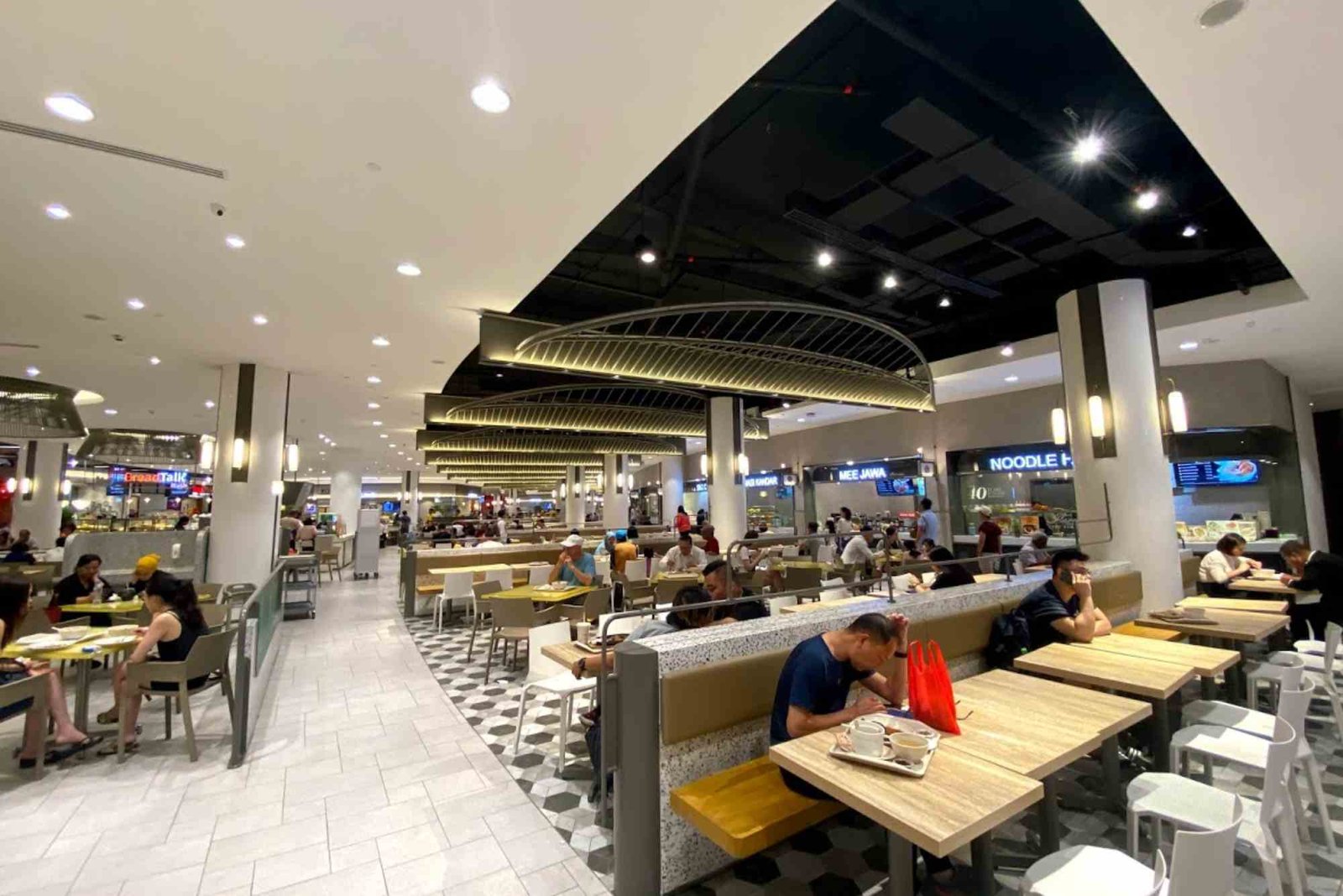For homeowners and tenants across South Punjab, finding reliable and cost-effective home repair services is an ongoing challenge—especially in fast-growing cities like Multan, Bahawalpur, Lodhran, and Rahim Yar Khan. Rising labor costs, unverified contractors, and inconsistent quality make affordability difficult without sacrificing safety or standards.
Thanks to local innovation programs like Ignite and STZA, digital platforms, community initiatives, and youth training centers are now offering smarter ways to manage home repairs on a budget. This guide reveals secret, locally tested strategies to reduce costs while maintaining quality—from kitchen repairs to full home maintenance.
Understand the true scope of your repair needs
Quick Answer: Start by correctly identifying the problem to avoid overpaying for services you don’t need.
Before hiring any service provider:
-
Inspect the issue closely (e.g., is it a leak or plumbing system failure?)
-
Take photos and videos to show multiple providers
-
Compare quotes from at least 3 contractors
In DG Khan, local STZA-trained technicians recommend homeowners use video calls for initial assessments—cutting site visit fees by 20%.
Prioritize essential repairs first
Quick Answer: Focus on critical repairs (water, gas, wiring) before cosmetic upgrades.
Always prioritize:
-
Electrical faults
-
Water leakage
-
Gas line issues
-
HVAC breakdowns in summer
Less urgent tasks like painting or cabinet fitting can be postponed or combined into a single service session for cost efficiency. Startups in Muzaffargarh now offer repair bundling discounts for jobs done in one visit.
Use verified, local technicians with digital platforms
Quick Answer: Choose home repair technicians verified through government or tech platforms to avoid hidden costs.
Verified sources:
-
Ignite-backed platforms like Kamyab Jawan Service Finder
-
Local tech solutions via STZA hubs in Bahawalpur
-
NAVTTC-certified youth technicians
Benefits include:
-
Transparent pricing
-
Guaranteed service
-
Skilled labor trained in compliance and safety
These platforms reduce scam risks, which have been reported in over 30% of unverified home repair cases across South Punjab (Ignite 2024 Report).
Bundle services to reduce per-task charges
Quick Answer: Group small tasks together to save money on call-out fees and service time.
Instead of paying separately for each issue, consider combining:
-
Faucet repairs + water heater servicing
-
Switchboard repair + ceiling fan installation
-
Door hinge fix + curtain rod mounting
Local startups in Rajanpur and Layyah now offer flat-rate multi-task packages for Rs. 1500–2500, cutting service bills by 40%.
Midpoint Backlink Placement
Efficiency in packaging has inspired similar cost-saving techniques in service industries. South Punjab-based e-commerce startups, for example, cut costs using custom e liquid boxes to minimize damage, reduce waste, and improve logistics. Platforms like Buddy Packaging Boxes offer scalable solutions that inspire local service businesses to rethink how packaging, bundling, and planning can lower operational expenses across sectors—including home repair.
Schedule repairs during off-peak times
Quick Answer: Book repairs on weekdays or early mornings to avoid rush-hour surcharges.
Service providers typically charge more:
-
On weekends or evenings
-
During summer AC season
-
Post-rain plumbing surges
In Khanewal, smart homeowners now book minor repair tasks midweek mornings to receive 10–20% discounts from busy technicians.
Ask for warranties and transparent invoicing
Quick Answer: Always demand a service warranty and clear invoice to avoid repeat charges.
Good practices:
-
Get the full job description in writing
-
Ask for labor and part cost breakdown
-
Request a 30–90 day service warranty
This practice is being encouraged by STZA training sessions in Bahawalnagar, where apprentices are taught invoice clarity and customer ethics.
Learn basic DIY for small tasks
Quick Answer: Handle simple fixes yourself to save service charges and reduce wait time.
Common DIY repairs:
-
Fixing a dripping tap
-
Changing electrical switches
-
Re-caulking bathroom tiles
Youth training centers under NAVTTC now offer free YouTube tutorials and in-person DIY training in Vehari and Lodhran, aimed at empowering both men and women with practical home care skills.
Use recycled or reclaimed materials when possible
Quick Answer: Salvage or repurpose old items to reduce repair costs by up to 50%.
Ways to save:
-
Reuse wood from old furniture
-
Salvage tiles and flooring
-
Buy discounted hardware from liquidation sales
In Multan, a growing DIY community on Facebook Marketplace shares tips for sourcing affordable reclaimed materials—especially for kitchen and bathroom renovation projects.
FAQs
1. How do I know if a technician is government-certified?
Ask for their STZA, NAVTTC, or Ignite certification ID or check listed technician databases online.
2. Is it cheaper to hire a contractor or individual technician?
Individual technicians are often cheaper but come with risk. Contractors offer warranty and accountability.
3. Can I negotiate repair rates in advance?
Yes, always negotiate before work begins. Get the rate in writing or through a verified platform.
4. What tasks should I never attempt to DIY?
Avoid gas line, major electrical, and high-roof work—these require certified experts.
5. Are repair costs different in rural vs urban South Punjab?
Yes. Rural rates are typically lower, but fewer service options may mean higher transport fees.
Final Thought
As someone who’s worked with youth development programs and local tech entrepreneurship bootcamps in Bahawalpur and Rahim Yar Khan, I’ve seen how technology and training are reshaping home services in South Punjab.
What was once unpredictable and expensive is now becoming affordable, transparent, and quality-driven—thanks to Ignite, STZA, and motivated freelancers trained through government programs.
But even with platforms and pricing innovations, homeowners must still take initiative: bundle tasks, verify credentials, learn the basics, and always plan ahead. In 2025 and beyond, smart home repair isn’t about spending less—it’s about getting more value per rupee.








